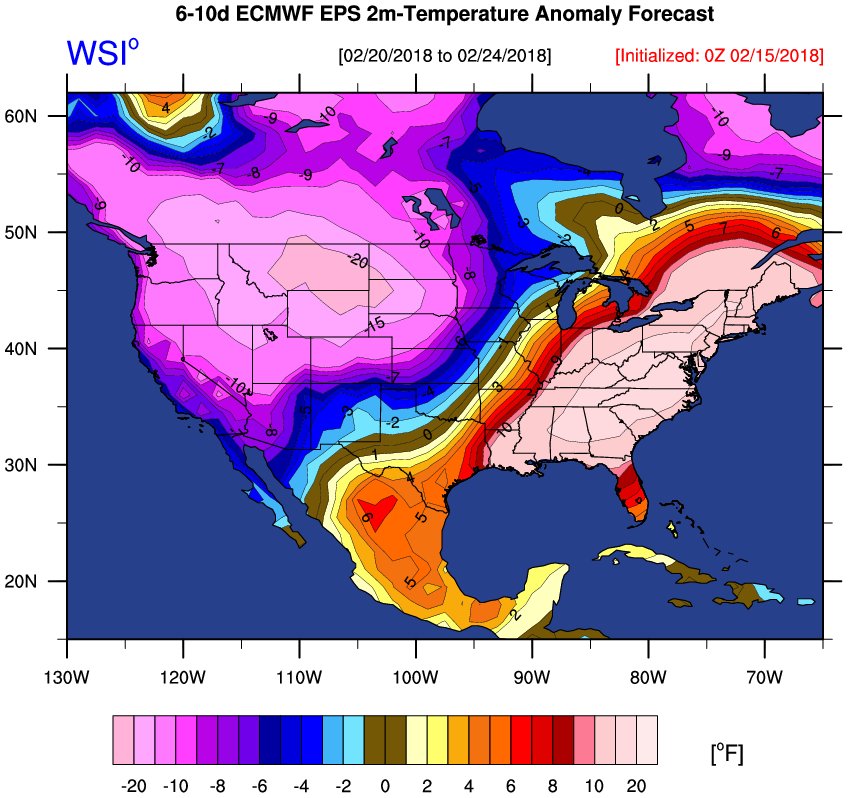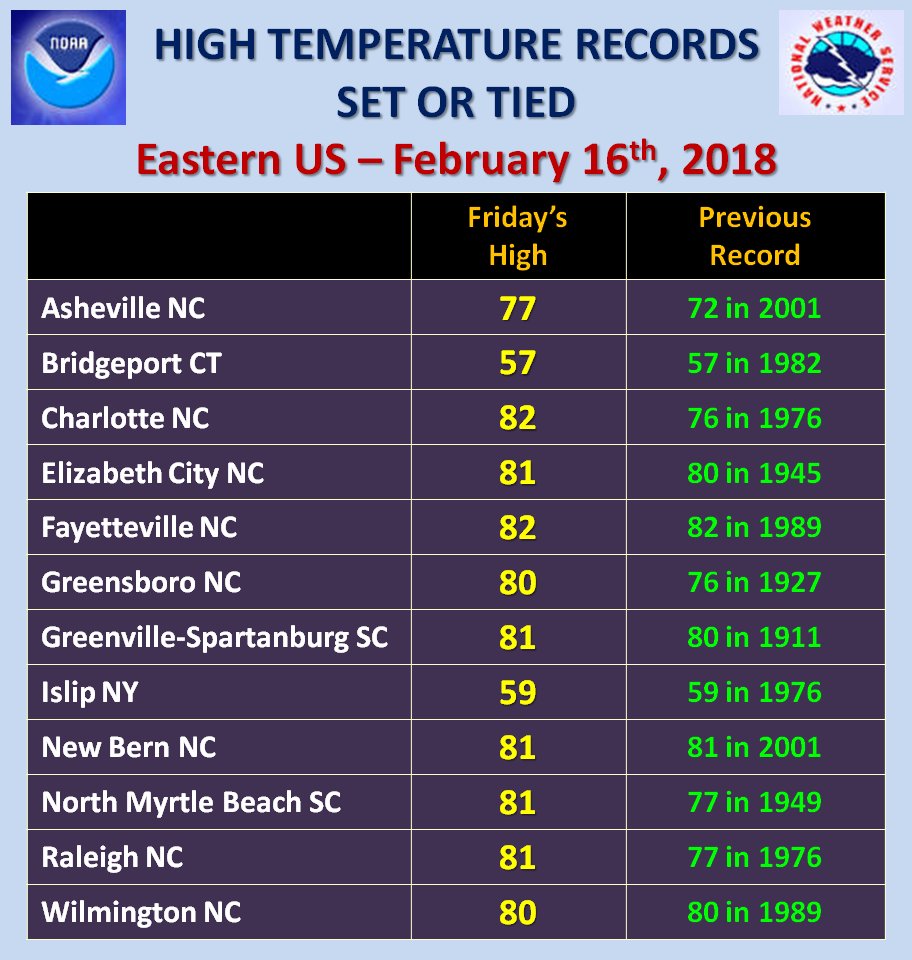Friday February 16th… Dear Diary. The main purpose of this ongoing post will be to track United States extreme or record temperatures related to climate change. Any reports I see of ETs will be listed below the main topic of the day. I’ll refer to extreme temperatures as ETs (not extraterrestrials)😊. Here is today’s climate change related topic: (If you like these posts and my work please contribute via the PayPal widget, which has recently been added to this site. Thanks in advance for any support.)
Whose Afraid of the Big, Bad Satellite?
In this day and age of tracking global warming trends scientists need all the help and tools they can get to help write assessments both for mitigation and adaption efforts. As I’ve stated on guyonclimate.com more than once any debate is now turning to “how fast and how much” for both warming and sea level rise. NASA for the bulk of this century has been proposing and planning to launch several satellites to aid in the endeavor to get measurements to help answer the “how fast and how much” questions via the latest carbon sensing technology. One of these satellites is aging and needs to be replaced and the program to do so funded. So, why would anybody want to stall or halt the launch and development of these tools that should give civilization knowledge to plan for future climate change? Who is afraid of the big, bad satellite? Red Ridinghood? This article tells the tail of that satellite, or rather an important satellite program, the Orbiting Carbon Observatory:
https://arstechnica.com/science/2018/02/op-ed-the-story-behind-the-satellite-that-trump-wants-dead/
Quoting from the article (I’ve selected a few key paragraphs):
There were plenty of striking things about Monday’s (2/13/18) budget news, given that it contained lots of draconian cuts that were simultaneously restored because Congress had boosted spending the week before. But perhaps the most striking among them was an item in the proposed budget for NASA: Trump wants to block the follow on to a highly successful NASA mission.
To truly appreciate just how awful this is, you have to understand the history of that satellite and what it means to the scientific community as a whole. So let’s step back and take a look at why the Orbiting Carbon Observatory (or OCO) exists in the first place. It turns out it was built specifically to handle some outstanding questions of the sort that people in the administration say are important, and killing its successor would mean the existing mission never lives up to its full potential.
In short, the OCO is a recipe for important science. But the importance went well beyond the satellite’s technical capabilities. Simply getting any data from the satellite would allow us to start the long-term monitoring of all of the Earth’s carbon dioxide processing. We’d have the data we’d need to start detecting whether any of that processing changed as the planet warmed.
In fact, the work of the OCO was considered so important that NASA was willing to do it twice. The first Orbiting Carbon Observatory failed to separate from its launch vehicle and ended up falling back to Earth over the Indian Ocean. NASA built a second and successfully put that one in orbit. It’s now been operating just shy of four years, and the first scientific results have already been published. The data’s in place to start monitoring for changes in the Earth’s carbon budget, and an Orbiting Carbon Observatory 3 was in the planning stages.

Trump wants NASA uninvolved
Yet this is precisely the point where Trump wants NASA to blind itself. The Orbiting Carbon Observatory is just starting to reduce some of our uncertainties about carbon fluxes, but is already closing in on double the originally planned mission lifetime. A lot of hardware lives well beyond its planned lifetime, but we can’t expect OCO to go on indefinitely, and NASA was appropriately planning on having something ready to replace it.
Yet the Trump budget plan refers to the successor as a “lower-priority science [mission] that cannot be accommodated under constrained budgets” and suggests that the data could be gathered by other satellites, although it doesn’t name any of them.
It’s hard to overstate the ways in which this is stupid. The cost of NASA missions is nearly entirely in the construction and launch of the hardware—something that’s already been done twice in this case. The agency’s perseverance has given us the baseline from which we can start watching for long-term changes in our planet’s carbon cycle, which could play a critical role in shaping future climate change. But this decision could mean the baseline is all we’ll get until someone else decides to put an equivalent instrument in orbit.
And, ostensibly, this is precisely the sort of science that people who have questioned our understanding of climate change want to see done. The OCO focuses on natural factors, which the same people keep suggesting may outweigh the human influence. It’s trying to address some remaining uncertainties, which they generally say we need to sort out before taking any action. Even the climate contrarians who have been invited to testify in front of the House Science Committee have said that funding long-term monitoring of the environment is critical, and the Orbiting Carbon Observatory would provide that monitoring if it kept operating.
By trying to kill this program, people in the administration are sending two messages. One is that everything they’ve been saying when they try to explain why they’re taking no actions on climate change is a sham—they don’t actually believe any of it. And the second message is they’d abandon a project that cost millions of taxpayers’ dollars than gather data that could possibly tell us we need to act.
Will a third OCO ever be launched? Not if the Trump administration or other conservatives get their way. What are the powers that be so afraid of? More proof of Anthropogenic Global Warming? Precisely. Anybody or any organization wanting to continue business as usual pollution wants tools, such as these OCOs, to be blunted. Sigh…
………………………………………………………………………………
In other news today that directly affects those counts of Extreme Temperatures a big weather pattern is underway involving a split in the polar vortex. Andrew Friedman has written an excellent post on the vortex splitting unto two lobes: https://mashable.com/2018/02/15/polar-vortex-split-stratospheric-warming-snow-cold-europe-us/#BtVbULC3mmqc
From the article:

Wow! I’m making this type of statement more often: I haven’t seen 588+ decameter heights as far north as Atlanta as early in the year as mid-February. Looking at the white colored anomalies imbedded in the red, what will be occurring across the Northeast by Tuesday of next week is even more striking:

At the surface looking at two meter temperatures we will see plenty of record warmth across the eastern third of the nation:

Today alone that building southern ridge is responsible for record warmth in the Southeast:
Another mild, spring-like day across much of the East today, with several record highs broken or tied across North and South Carolina, and a couple in the Northeast as well.

Here is an interesting “warm” stat:
The Climate Guy


